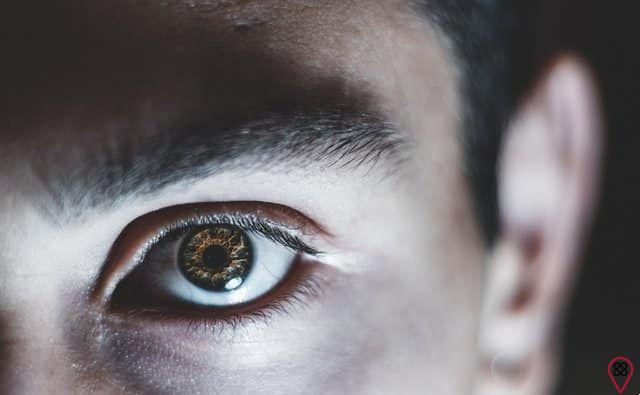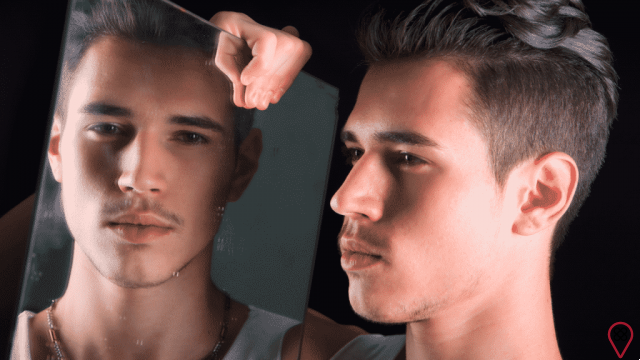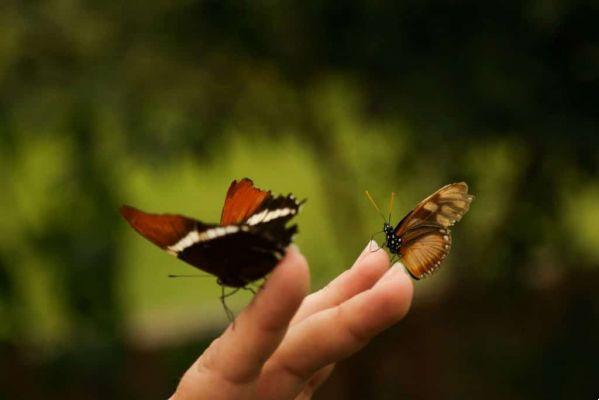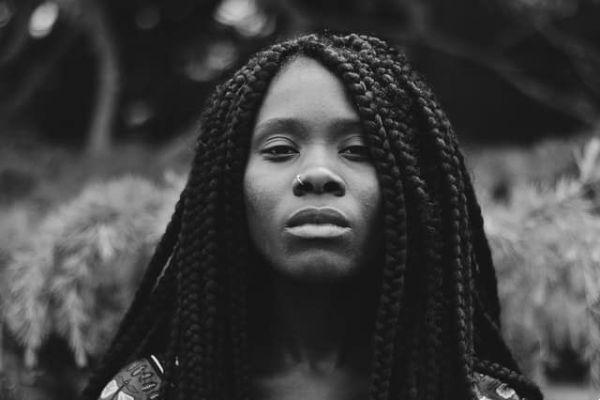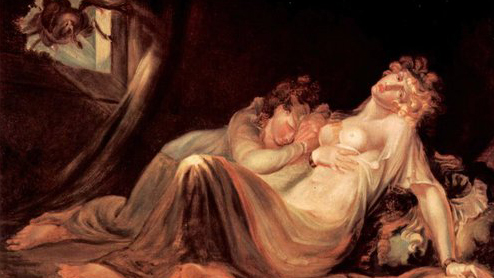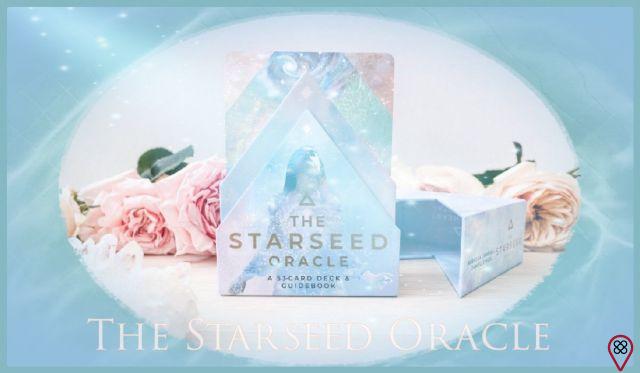Depression is known as the disease of the century and has taken the lives and well-being of many people around the world. Depression, in general terms, is a psychological disorder that affects family relationships, professional, academic, personal life and the physical well-being of those who suffer from it.
According to a report by the World Health Organization (WHO) published in 2013, 235 million people were suffering from depression at the time (numbers that correspond to 3,6% of the world population) worldwide.
One of the major concerns caused by depression is suicide, which affects up to 7% of those who suffer from the disease. It is, however, impossible to calculate the effects on those who do not commit suicide, but have a sudden drop in quality of life and well-being.
After all, what is depression?
Popularly known as depression, this disease has the technical name of major depressive disorder (MDD), but is also known as major depressive disorder. Although each type of depression has unique characteristics, the disorder is characterized, especially, by a long period of feeling of depression, which is mainly composed of deep sadness, aversion to activities and even the ability to reason logically. All of these, added together and together, affect the patient's thoughts, behaviors, feelings and well-being.
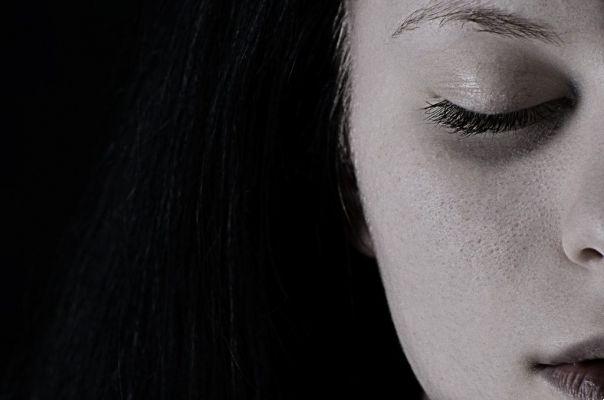
Symptoms
In addition to the individualities of each case of depression, as it affects patients in a unique and individual way, there are also several types of depression. Only a consultation with a specialist will be able to determine your degree of this disease and its type, but some characteristic symptoms can already be considered a warning sign.
According to the International Statistical Classification of Diseases and Related Health Problems (ICD), the WHO catalog that brings together definitions of all known diseases, if a case includes at least 5 of these symptoms listed below for at least two weeks, the probability of that you have DDM is high:
• Lack of pleasure in everyday and daily activities;
• Decreased or absent concentration;
• Daily discouragement or most days;
• Irritability without causes;
• Insomnia, excessive sleep or other sleep disorders;
• Difficulty performing simple activities or activities that do not require much physical effort, such as reading or watching television;
• Constant fatigue;
• Insatiable appetite or loss of appetite;
• Feelings of guilt, regardless of reasons;
• Self-mutilation;
• Recurring thoughts of death and suicide.
types of depression
If you have noticed the symptoms described above in your daily life, look for a psychologist or psychiatrist to make an accurate diagnosis and start treatment as soon as possible.
However, if you want to understand more or less what is happening to you and how depression is affecting your life, we have compiled the 10 most common types of depression below so that you understand the particularities of it. ATTENTION: only a professional can make the proper diagnosis, so look for a therapist or make a psychiatric consultation to really understand what is happening to you. The information below is not a substitute for a diagnosis, let alone a treatment.
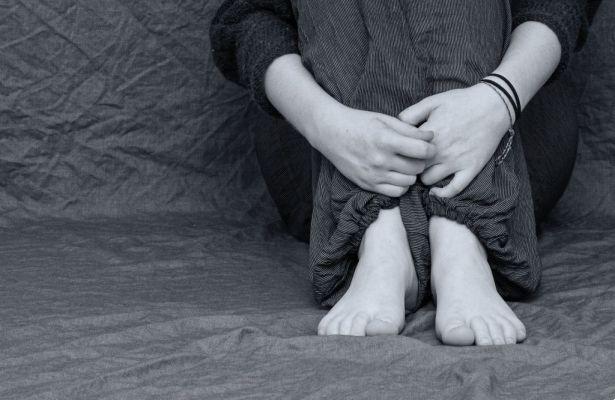
Check out:
1. Depressive episode
Most common type of manifestation of depression. It can be divided into three grades: mild, moderate and severe. The most common symptoms are lowered mood, less energy and disposition, as well as difficulty feeling pleasure, interest and concentrating on any activity. There is almost always a decrease in self-confidence and self-esteem, as well as frequent thoughts of guilt and indignation.
In a mild depressive episode, the patient usually suffers from between two and three symptoms of depression, but manages to relieve them and leads a relatively normal life, performing well most of their activities.
In the moderate depressive episode, between four and five mentioned symptoms are present. The person in this situation usually begins to show a lot of difficulty in carrying out routine activities, such as working, studying or maintaining social relationships.
In the severe depressive episode, several symptoms mentioned above are very present in the person's life and the feeling of anguish is very great, mainly because it usually results from feelings of guilt and low self-esteem. Suicidal thoughts and acts are common, which requires more attention.
2. Psychotic depression
The symptoms of this condition are very similar to those of a severe depressive episode, but there are hallucinations, false beliefs, disturbing visions, delusional ideas, psychomotor slowness and a feeling of stupor that prevents the performance of any normal life activity. There are risks of suicide, self-mutilation and dehydration or malnutrition, for example. It is common for the condition to be triggered by situations such as delusions of guilt, illness and poverty. It can also present persecutory content, when the person imagines that he is a victim of persecution.
3. Recurrent depressive disorder
A disease characterized by the repeated occurrence of depressive episodes (mild, moderate, and severe with or without psychotic symptoms) throughout life, in the absence of other disorders that cause high mood and increased energy. This disorder is usually characterized by brief episodes of increased mood and activity, as well as a sense of well-being, which are interspersed with depressive episodes. In other words, it's when depression happens, it lasts for weeks or months, then disappears, but it happens again after some time.
4. Dysthymia
While the depressive episode and recurrent depressive disorder present with symptoms that usually last weeks or months and have acute symptoms that prevent a normal life, dysthymia (also known as mild chronic depression) is characterized by several symptoms common in cases of depressive episodes, but less intense and with longer duration (at least two years). The most common symptoms are less intense but continuous sadness and little change in normal activities, such as sleeping, eating, and sex. In addition, people affected by this disorder tend to be more pessimistic, hopeless and discouraged.
Although it seems less serious because it has less intense and “diluted” symptoms, the disorder lasts a long time and gives the patient the feeling of being interminable. Those who suffer from dysthymia commit suicide in the same proportion as those who have severe depressive episodes, so it is a disease that requires a lot of attention.
5. Brief depressive reaction
Also known as transient depressive state, this disorder has a duration that does not exceed one month. It is also called adjustment disorder, as it usually occurs during a period of adjustment, an existential change, or a stressful event such as job loss, starting a new job, traumatic experience in an accident, bereavement, ending a relationship. , etc. Although the person's predisposition and vulnerability to psychological disorders contribute to the occurrence of this disorder, it is known that it would not have been triggered if it were not for the fault of traumatic/stressful experiences.

6. Prolonged depressive reaction
It has symptoms similar to a brief depressive reaction, except that it lasts for a period ranging from two months to two years. It is mainly characterized by a feeling of being unable to adapt to a new situation, by feelings of nostalgia for the past or for a person who is no longer part of life. It can cause (and be triggered by) very high levels of stress.
7. Mixed anxiety and depression disorder
In this disorder, the patient presents symptoms associated with depression combined with symptoms associated with generalized anxiety disorder (GAD), without a clear predominance of one or the other and without the intensity of depressive or anxious symptoms being sufficient to characterize an isolated diagnosis of a disorder. of the cases. Also known as anxious depression, it is not a combination of the diagnosis of DDM and GAD, but an impossibility of diagnosing both or one of the two, as the symptoms are mixed and not prevalent.
8. Postpartum depression
It is common, after childbirth, for women to experience a sudden drop in hormones, which results in a phase of anhedonia (loss of the ability to feel pleasure) and apathy (lack of motivation and enthusiasm). If the situation persists (which occurs in up to 15% of cases), the case can be characterized as postpartum depression. In addition to hormonal factors, emotional causes can also trigger or worsen the condition, such as anxiety, frustration, wear and tear, adaptation to sudden changes, among other symptoms. Another cause of postpartum depression is a traumatic birth, whether natural or surgical, which has caused the woman to go through a traumatic or stressful situation.
9. Seasonal affective disorder (SAD)
Very common in the countries of the Northern Hemisphere, where there is little incidence of sunlight in autumn and winter, this type of depression is triggered during these seasons and its main factor is the lack of sun. It may seem very far from our reality, but did you know that in Iceland, for example, in winter there are only 2 hours of sunlight? According to the English Ministry of Health, this type of depression affects 7% of the English population during winter. The main symptoms are fatigue, tendency to eat too much sweets and sleep more hours than usual – the opposite also occurs: lack of appetite and insomnia.
10. Premenstrual dysphoric disorder
This type of depression is nothing more than the famous premenstrual tension (PMS), which usually causes severe depression, tension and irritability before menstruation. According to the WHO, this type of brief disorder affects up to 75% of women in their fertile period. The diagnosis is based on the presence of up to 5 symptoms of depression in the week before the arrival of the menstrual flow and an improvement soon after the menstruation period has passed.
You may also like
- Identify the symptoms of depression with this valuable information!
- Watch out for the nine possible causes of depression!
- Reflect on these five teachings about depression!
If you think you have been affected by some type of depression, it is important to know: depression has a cure and it is within your reach! Look for a professional, a psychologist or a psychiatrist, expose your problem and start your treatment as soon as possible to lead a healthier life and with much more well-being!
Want to make an online consultation?
Are you looking for professional help? Find psychologists online at Terapize!






